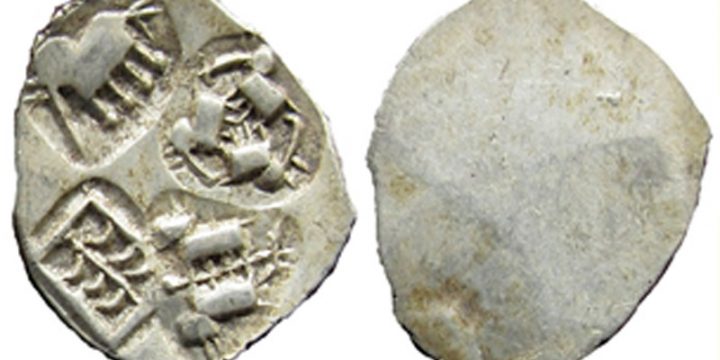
Coin-Making Techniques of Ancient India
30Jun 2021
In Ancient India, coins were largely minted using three techniques: punch-marking, casting, and die-striking—one of these is still in use today. Read on to find out which one. Punch-marking It is the oldest coin-making technique in India, dating back to 6th Century BCE. The term punch-marked was firstly used by James Prinsep, a scholar best known for decoding the Kharosthi and Brahmi scripts. Punch-marked coins are found in both silver and copper—metal pieces are cut into the required shape with a chisel and marks are later made on them using different punches. A local punch-marked coin, 600 BCE Kautilya in his Arthashashtra (c. 4th century BCE) listed objects commonly used in the manufacturing of coins. According to him, the metal used to be first melted in crucibles (musha) and purified…
